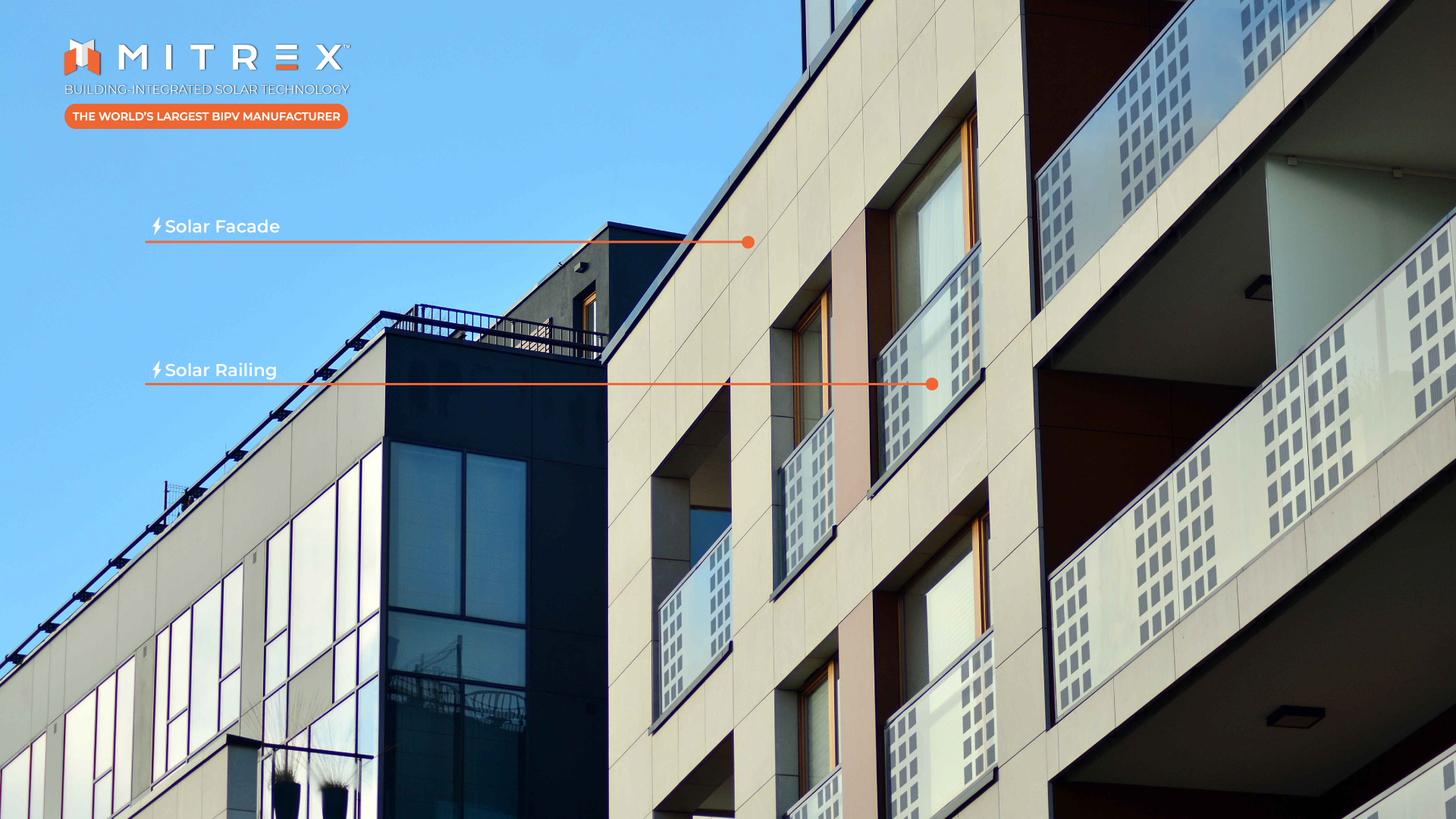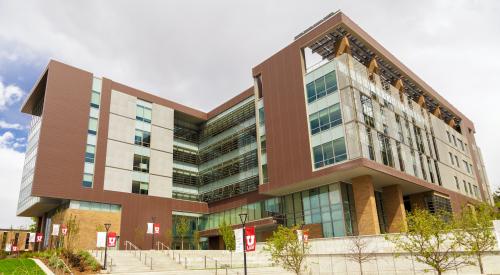One barrier to the use of solar panels is that they don’t look very pleasing. What if you could make them look like whatever you want?
Mitrex, a Toronto-based developer of solar products, has created solar panels that allow for full design customization.
Fueled by the desire to “simplify the integration of solar technology into everything around us,” Mitrex’s plans include road-, vehicle-, and aircraft-integrated photovoltaics. But first, Mitrex has engineered building-integrated photovoltaics (BIPV) that allow for some unique versatility.
MITREX SOLAR PRODUCTS
The solar cells by Mitrex come in three levels of opaqueness: transparent, semi-transparent, or fully opaque. For the transparent options, Mitrex uses thin-film technology to maximize light transmittance and power output.
When it comes to its fully-customizable opaque panel, the design is embedded in the tempered glass.
According to Mitrex, architects and designers can send them a sample of the pattern they wish to have, and Mitrex will “faithfully recreate it” onto the opaque facing. Additionally, its BIPV technology uses UV-stable colors, ensuring that patterns and colors won’t fade.
Mitrex touts its ability to recreate all marble, wood, and limestone patterns, as well as solid colors to “all the patterns in the world.”
If you thought that was neat, Mitrex also engineers solar railings that can also range from transparent to opaque—all generating energy. And with wiring that is invisibly incorporated into the post, aesthetics don't have to be compromised even with fully-transparent glass.
The Mitrex team also offers an optional BIPV monitoring system, allowing you to track energy production and alerting you of any faults.
As for product testing, Mitrex says that it took a decade of testing, researching, gaining approvals, and receiving certifications to be satisfied with the product. Due to the multipurpose aspect of its systems, Mitrex aimed to meet requirements for quality, strength, fire, windstorm, air leakage, salt spray, and more.
BY THE NUMBERS…
Mitrex’s goal is to supply products that are reliable and quick to build, aesthetically pleasing, and cost-effective—though the company does admit that it’s an investment upfront for sure.
By its estimates, one opaque two-square-meter panel would save anywhere from $1,600 to $3,000 in 30 years. For its transparent panels, that range goes from $1,300 in a place like Los Angeles to $2,500 in areas like Dubai.
And again, that’s from a single panel.
As for potential environmental impact, Mitrex believes that the energy produced from one panel can offset 4.4 metric tons of CO2 (over a 30 year period). This is the equivalent of planting 2,690 trees, charging 62 electric vehicles, or reducing the weight of two elephants’ worth of CO2.
When you consider that nearly 40% of global greenhouse gas emissions come from the building sector, that’s quite the impact.
From solar curtain walls in stadiums and airports, to solar-raised flooring in hospitals, Mitrex wants to start the chain of events. Mitrex thinks that “anywhere the sun touches can and should generate energy,” and feel that the possibilities of solar applications are virtually endless.
For a full breakdown of the technology, data, and scope of Mitrex products, you can visit their website here.












